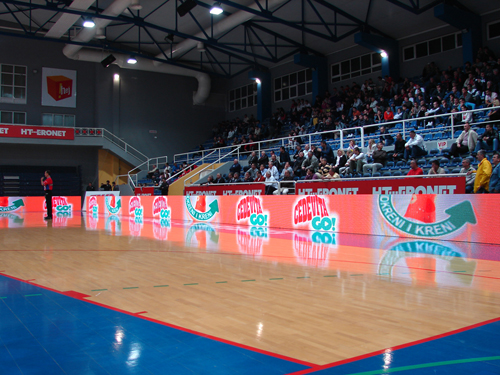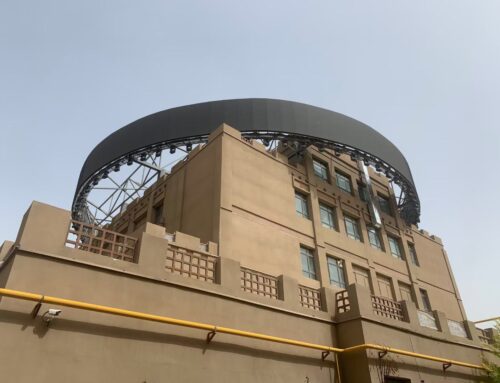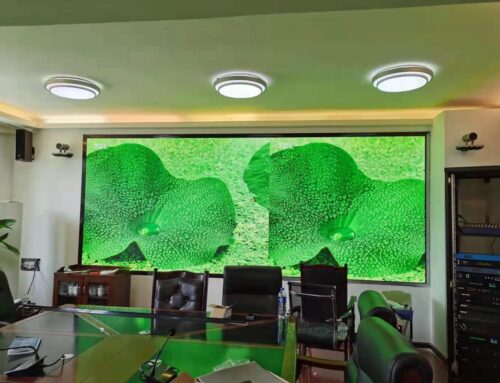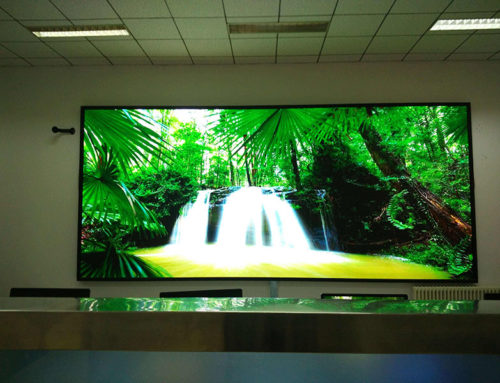The gray level of the LED display can also be called the brightness of the LED display. The gray scale is also called the middle tone. It is mainly used to transfer pictures. There are 16 levels, 32 levels, and 64 levels respectively. It uses matrix processing to process the pixels of the file into levels of 16, 32, and 64 levels. The picture is clearer. Whether it is a single-color, two-color, full-color LED display, to display an image or an animation requires adjusting the luminance of each LED constituting the pixel, and the fineness of its adjustment is what we commonly call gray scale.
There are two ways to control the gray level of the LED display: one is to change the current flowing, and the other is pulse width modulation. 1. Change the current flowing through the LED. The general LED tube allows the continuous working current to be around 20 mA. Besides the saturation of the red LED, the gray scale of other LEDs is basically proportional to the current flowing through; another method is to use the visual inertia of the human eye, with pulse width The modulation method to achieve gray control, that is, periodically change the width of the light pulse, as long as the period of this repeated lighting is short enough, the human eye can not feel the jitter of the light-emitting pixel.
Because pulse width modulation is more suitable for digital control, today, microcomputers are generally used to provide LED display content. Almost all LED screens use pulse width modulation to control the gray level.
LED control system usually consists of three main parts: main control box, scan board and display and control device. The main control box obtains the brightness data of each pixel of one screen from the display card of the computer, and then re-assigns it to several scanning boards. Each scanning board is responsible for controlling several rows (columns) on the LED screen, and each row (column) The LED display control signal is transmitted in a serial manner. Currently, there are two ways to serially transmit and display control signals.
1. Centrally control the grayscale of each pixel on the scanning board
The scanning board decomposes the grayscale values ??of the pixels in each row from the control box, and then transmits the turn-on signals of each row of LEDs in a pulsed manner to the corresponding LED in a serial manner to control whether it is lit or not. This method uses fewer devices, but the amount of data transferred in series is larger because each pixel requires 16 pulses at 16 levels of gray in a repetitively lit period, requiring 256 levels of gray. 256 pulses, due to the limitation of the device’s operating frequency, generally only allow the LED display to achieve 16 gray levels.
2. Pulse width modulation
The content of the serial transmission of the scan board is not the switching signal of each LED but an 8-bit binary gray value. Each LED has its own pulse width modulator to control the lighting time. In this way, in a repetitively lit period, each pixel point needs only 4 pulses under 16 gray levels, and only 8 pulses under 256 gray levels, which greatly reduces the serial transmission frequency. With this method of decentralized control of the LED gray level, 256-level grayscale control can be easily achieved.
LED display grayscale and brightness is one of the important parameters of the product, in order to better use the LED screen, we need to understand the relationship between grayscale and brightness of LED display.
START YOUR FREE CONSULTATION TODAY
Need pricing? Wondering which product is right for your situation? Have technical questions? Our staff is here to walk you through the process start to finish. Let our team help make your LED Display Screen a reality.






